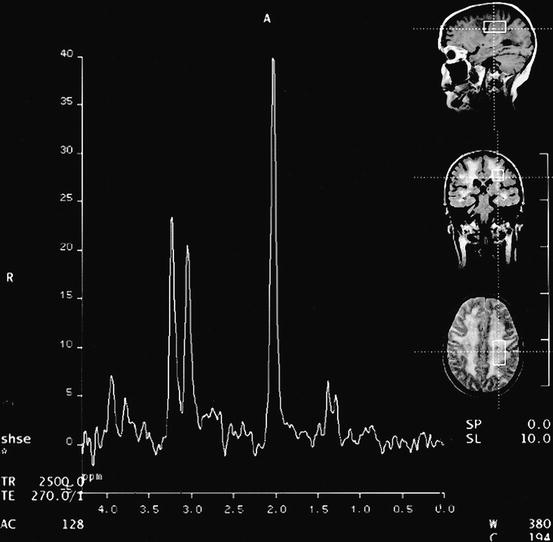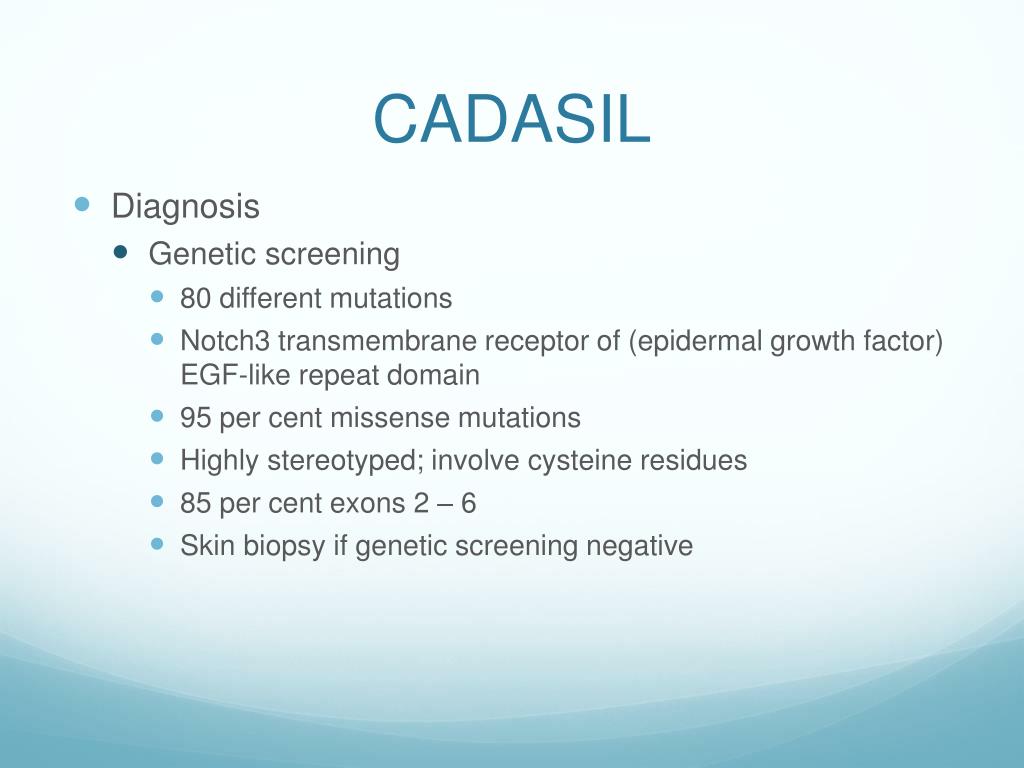

However, cross-sectional comparison, a snapshot of a single moment in time, has interpretative limitations. In our previous cross-sectional studies, these atypical SVCI patients with NOTCH3 variant have shown no significant differences in clinical and imaging features compared to patients without NOTCH3 variant ( 4, 5). However, we previously reported that approximately 13% of consecutive patients with SVCI had NOTCH3 variants, although they were of advanced age and frequently had a history of HTN ( 4). Typically, patients with CADASIL are young at onset and have no vascular risk factors ( 3). Advanced age, hypertension (HTN), diabetes mellitus (DM), and other vascular risk factors can lead to CSVD characterized by white matter hyperintensities (WMHs), lacunes, and cerebral microbleeds (CMBs) on magnetic resonance imaging (MRI) ( 2). On the other hand, sporadic SVCI is mostly caused by vascular risk factors. CADASIL is characterized by cerebral small vessel disease (CSVD) and cognitive impairment, and is therefore considered as a genetic form of subcortical vascular cognitive impairment (SVCI). However, there were no significant differences between the two groups regarding dementia conversion rate and neuropsychological score changes over 5 years.Ĭerebral autosomal dominant arteriopathy with subcortical infarcts and leukoencephalopathy (CADASIL) is an autosomal dominant disorder of cerebral small vessels caused by mutations in the NOTCH3 gene on chromosome 19 ( 1). The linear mixed effect models showed that the NOTCH3(+) svMCI group had much greater increases in the lacune and cerebral microbleed counts than the NOTCH3(–) svMCI group. Among 63 svMCI patients, 9 (14.3%) had either known mutations or possible pathogenic variants. Patients were annually followed-up for 5 years through clinical interviews, neuropsychological tests, and brain magnetic resonance imaging. We prospectively recruited patients with svMCI and screened for NOTCH3 variants by sequence analysis for mutational hotspots in the NOTCH3 gene. In this study, we compared the longitudinal changes in cerebral small vessel disease markers and cognitive function between subcortical vascular mild cognitive impairment (svMCI) patients with and without NOTCH3 variant. No study yet has compared the longitudinal course and prognosis between subcortical vascular cognitive impairment patients with and without genetic component.

2Department of Laboratory Medicine, Hanyang University College of Medicine, Seoul, South Korea.1Department of Neurology, Inha University School of Medicine, Incheon, South Korea.Yoon 1, Young-Eun Kim 2, Hee Jin Kim 3, Chang-Seok Ki 4, Hyejoo Lee 3, Joung-Ho Rha 1, Duk L. Journal of Molecular Neuroscience Springer Journals Cindy W. The next-generation sequencing (NGS) procedure here described would facilitate the rapid and cost-effective screening of large cohorts of CADASIL patients. None of the patients had HTRA1 variants with likely pathogenic effect. We found a typical NOTCH3 mutation in 9 % of the patients. One patient was heterozygous for a non-reported HTRA1 variant, likely non-pathogenic (p.Ser139Ala). A new non-reported NOTCH3 variant (p.Pro2178Ser) was found in two patients. Six patients had a typical cysteine-involving NOTCH3 mutation. The putative mutations were confirmed through Sanger sequencing of the corresponding patient.
#NOTCH 3 DNA SEQUENTIAL TESTING FOR CADASIL TORRENT#
A total of 70 patients were sequenced with semiconductor chips in an Ion Torrent Personal Genome Machine. Our purpose was to develop a next-generation sequencing procedure to search for NOTCH3 and HTRA1 mutations in patients with cerebral autosomal dominant arteriopathy with subcortical infarcts and leukoencephalopathy (CADASIL) features. A Next-Generation Sequencing of the NOTCH3 and HTRA1 Genes in CADASIL Patients A Next-Generation Sequencing of the NOTCH3 and HTRA1 Genes in CADASIL Patientsįernández, Angela Gómez, Juan Alonso, Belén Iglesias, Sara Coto, Eliecer


 0 kommentar(er)
0 kommentar(er)
